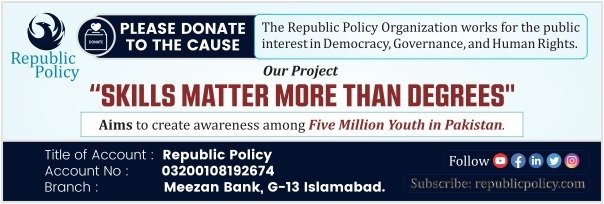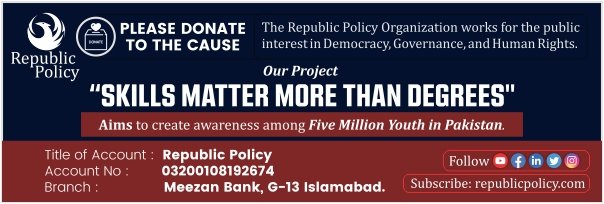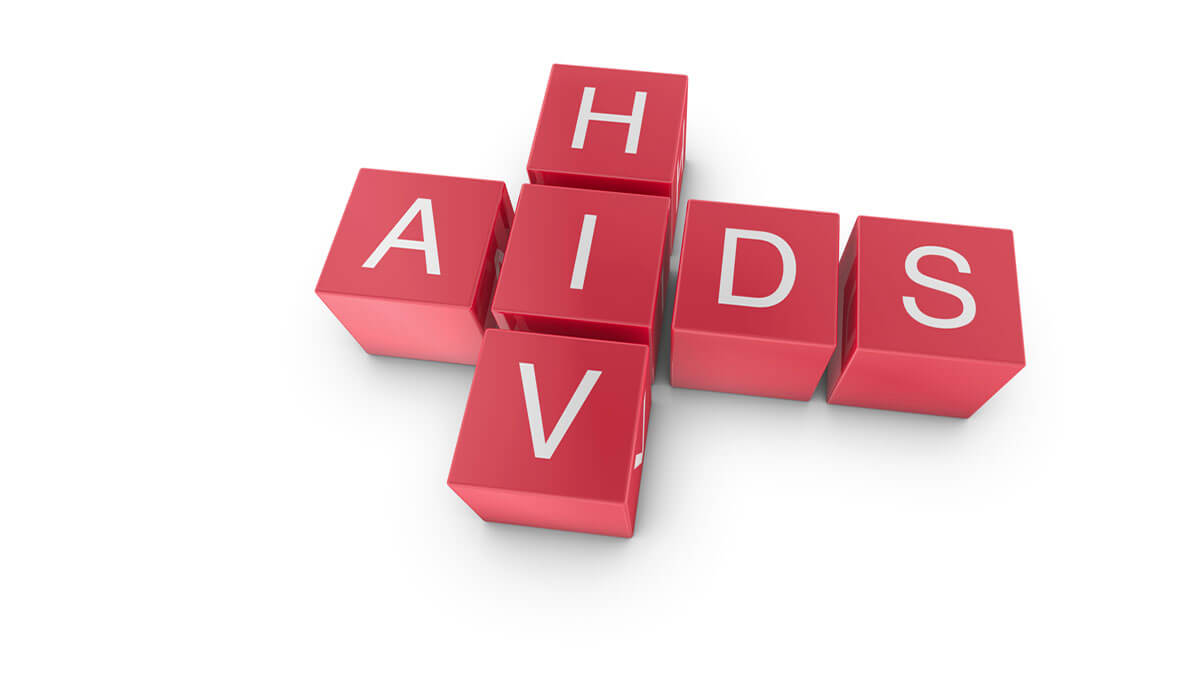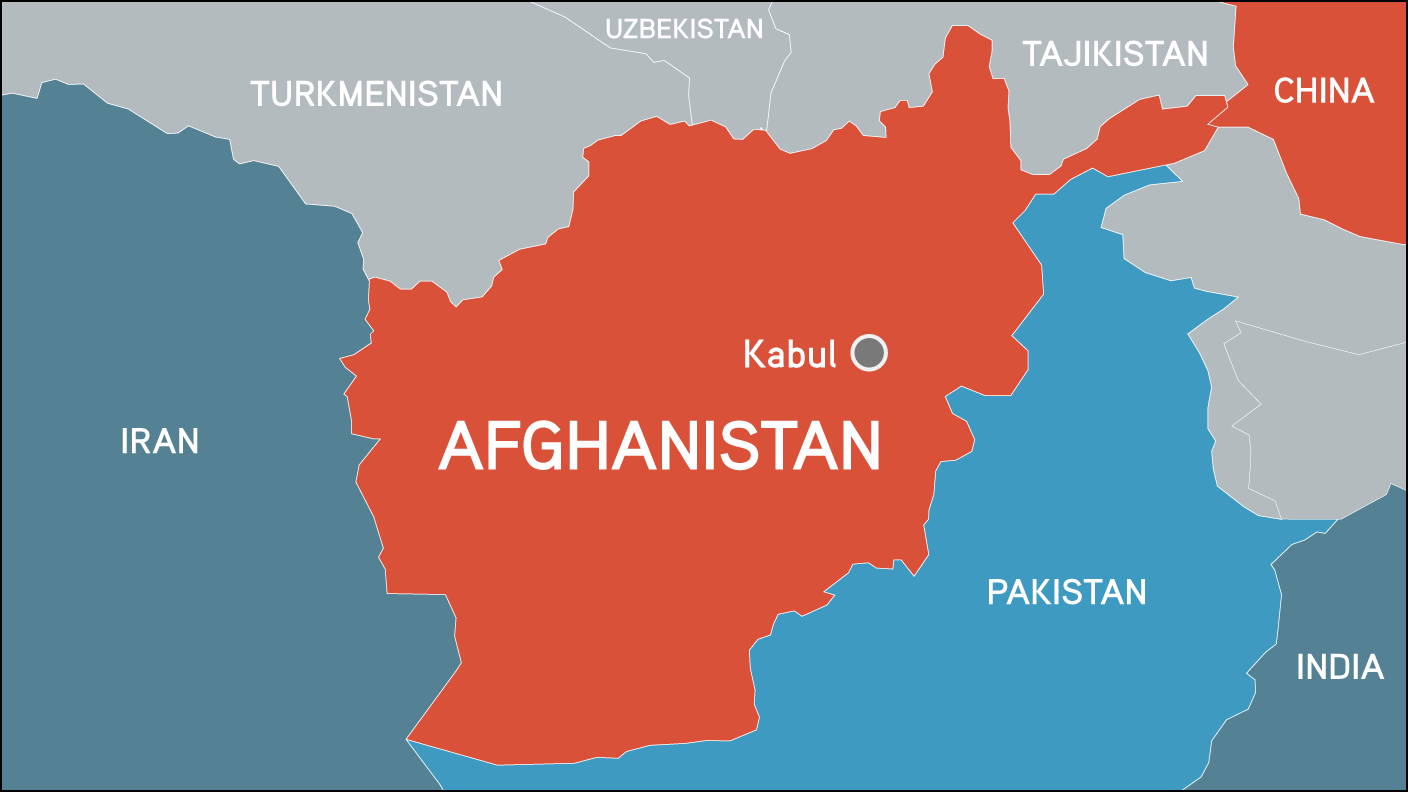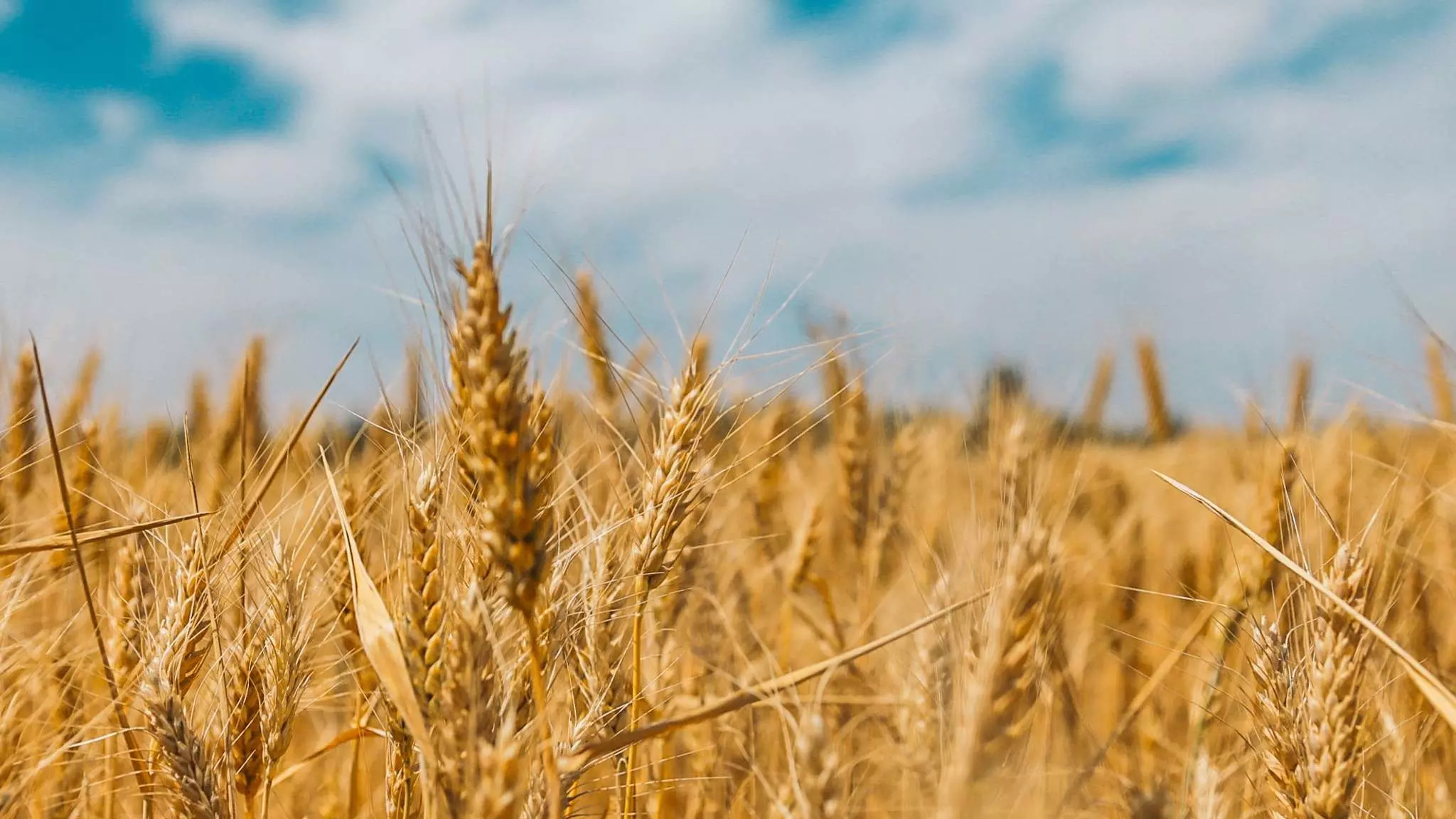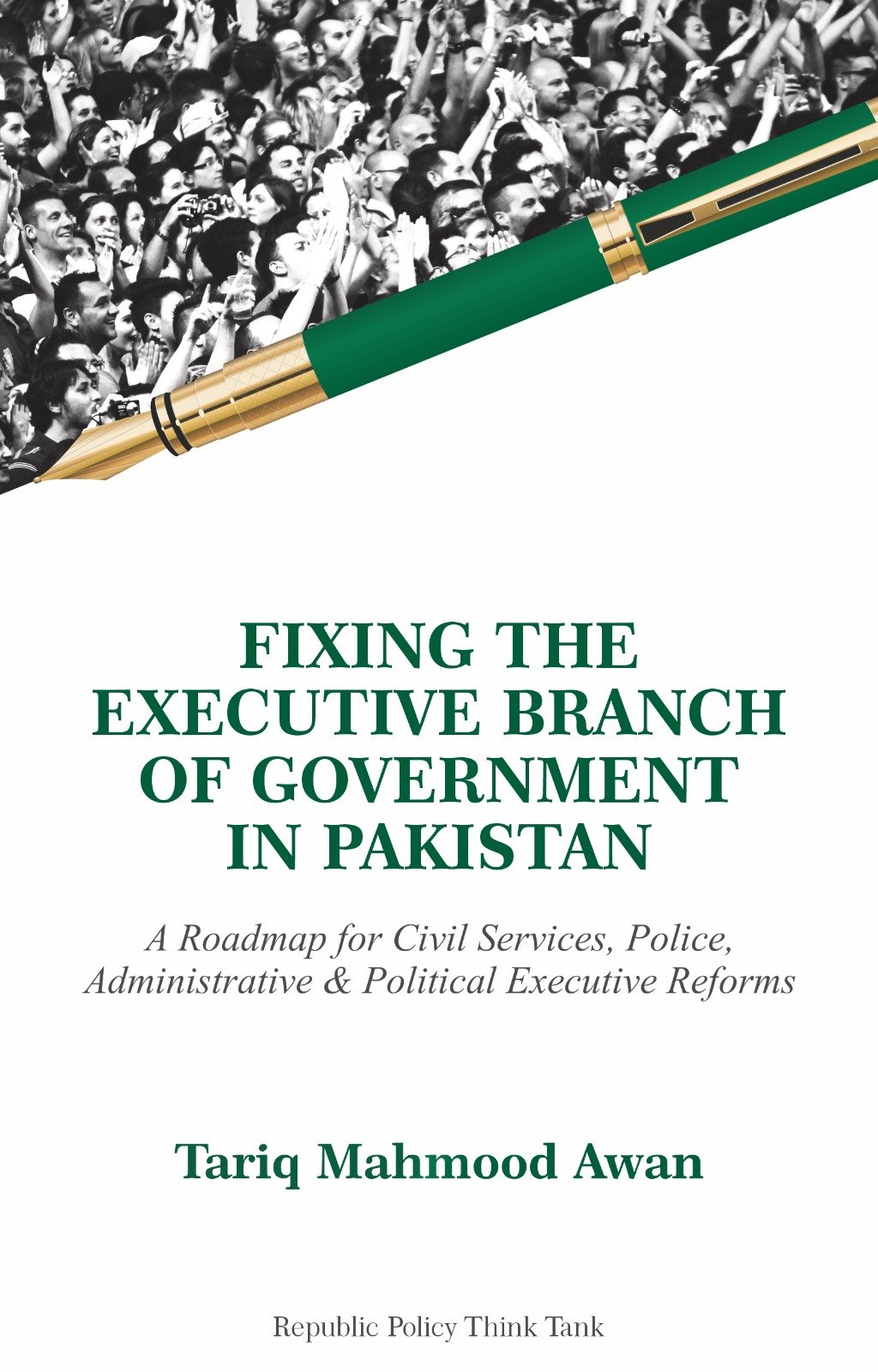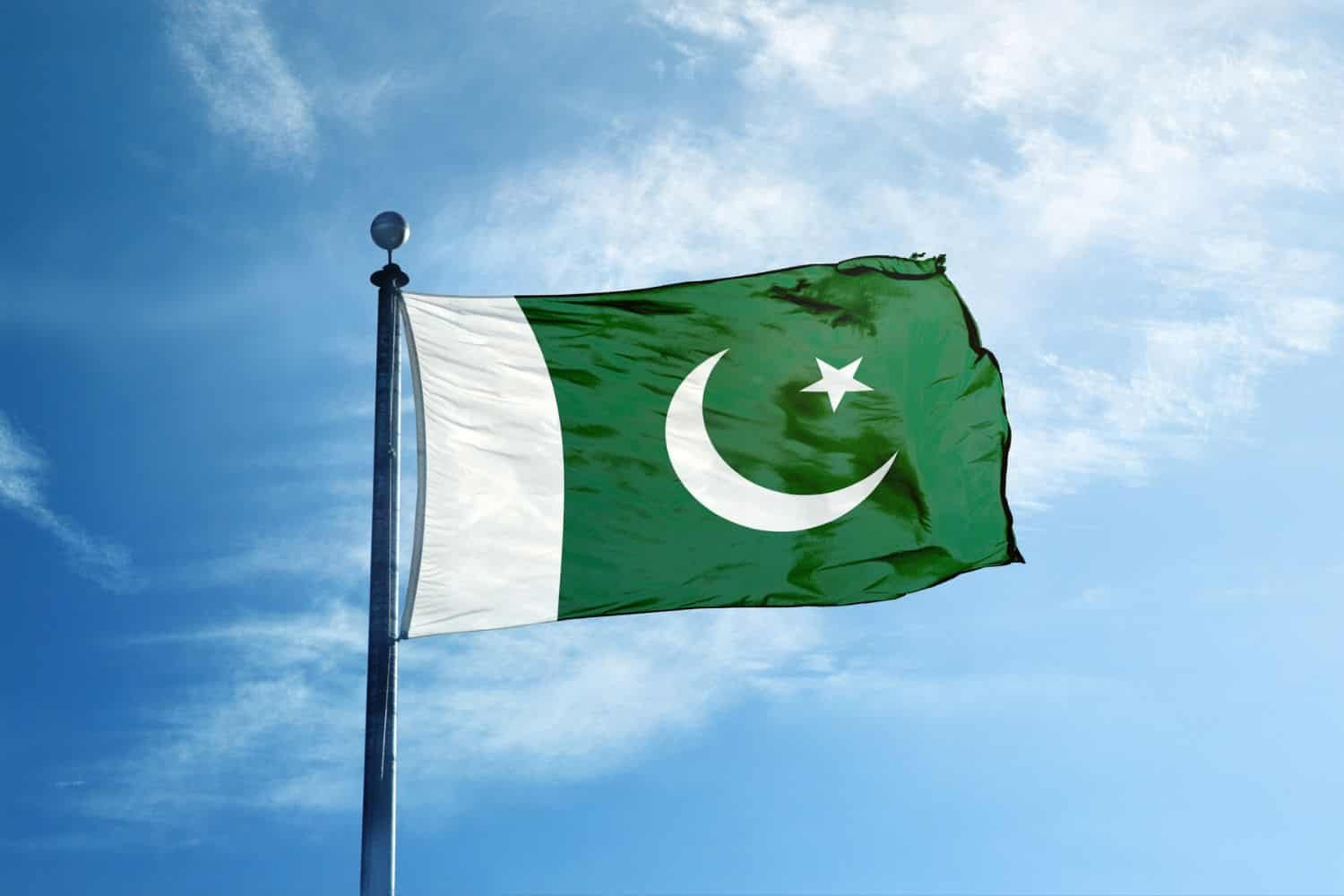Arshad Mahmood Awan
The devastating floods that swept through Pakistan have once again exposed the fragility of livelihoods across the country. Millions lost their crops, livestock, homes, and sources of income, while food prices surged to alarming levels. These shocks have not only inflicted immediate human suffering but also pushed poverty to new heights, reminding policymakers that poverty alleviation cannot be separated from climate resilience, food security, and economic reform. The circular recurrence of natural disasters and economic downturns underscores how vulnerable households remain trapped in cycles of deprivation. Unless addressed through structural solutions, Pakistan risks a poverty crisis on a scale unseen in decades.
The long-term trend of poverty in Pakistan is intricately linked to food prices, per capita income, and unemployment. The poverty line itself is based on the cost of securing 2,350 calories per day, plus essential non-food needs such as shelter and clothing. This metric, while straightforward, is extremely sensitive to shifts in food inflation. A modest increase of one percentage point in food prices relative to overall inflation can increase poverty incidence by more than two percentage points. Thus, whenever food inflation rises disproportionately, as it did after the floods of 2022–23, the burden on low-income households becomes intolerable, pushing millions below the poverty line almost overnight.
Follow Republic Policy on YouTube
According to the Planning Commission’s earlier estimates, the monthly poverty line per adult equivalent stood at Rs 3,757 in 2018–19. By 2024–25, this line had escalated to Rs 8,513 per adult per month. When translated into family terms, the reality becomes even starker. A household consisting of two adults and four children now requires nearly Rs 39,200 per month to stay above poverty. By contrast, Pakistan’s statutory minimum wage stands at Rs 37,000, falling short of this threshold. Even more troubling is the fact that nearly 40 percent of workers do not actually receive the minimum wage, and unemployment remains high, officially estimated at 22 percent. This combination leaves a significant proportion of households structurally unable to break free from poverty.
The floods of 2022–23 deepened the crisis dramatically. Food inflation soared by 39 percent compared to an overall price rise of 29 percent, while real per capita incomes declined by over 2 percent. These dynamics increased the poverty incidence from 36.2 percent in 2021–22 to over 43 percent by the following year. While moderation in food inflation in 2023–24 and 2024–25 provided some relief, temporarily lowering poverty to 39.1 percent, the recurrence of floods in recent weeks has once again raised fears of a surge in food prices. Early indicators already point toward sharp increases in staples such as wheat flour, sugar, tomatoes, and pulses, far outpacing the overall consumer price index. If this divergence between food inflation and general inflation widens further, Pakistan could see its poverty incidence approach or even exceed 45 percent in 2025–26, pushing nearly 125 million citizens below the poverty line.
Follow Republic Policy on Facebook
These trends highlight a grim reality: poverty in Pakistan is not only widespread but also volatile, responding sharply to external shocks such as floods, global price movements, and economic downturns. The poverty gap—the difference between actual incomes of poor households and the income required to meet basic needs—is equally alarming. Current estimates suggest that this gap averages 15 percent, equivalent to nearly Rs 5,880 per household per month. By 2025–26, the total national poverty gap could reach Rs 1.27 trillion, far beyond the fiscal space of the government to cover without restructuring subsidies, mobilizing resources, and redesigning welfare programs.
Follow Republic Policy on TikTok
Pakistan’s flagship social protection initiative, the Benazir Income Support Programme (BISP), is expected to transfer Rs 727 billion to poor households in 2025–26. While this represents 57 percent of the poverty gap, the scale of deprivation necessitates deeper reforms. Current quarterly payments of Rs 13,500 per family to ten million recipients cover only about 55 percent of poor households. To meaningfully alleviate poverty, transfers must be increased to at least Rs 16,000 per quarter, and coverage expanded to 12 million families. This adjustment would raise the program’s size by an estimated Rs 228 billion but would also protect millions from sliding into destitution.
Follow Republic Policy on Instagram
Yet, cash transfers alone cannot sustainably reduce poverty. Additional measures are needed to cushion small farmers and rural households, who suffer the most during floods. Debt rollovers or partial write-offs for small agricultural loans, along with targeted credit facilities to rebuild damaged housing and livestock, could provide immediate relief. Beyond relief, structural reforms must focus on improving agricultural productivity, building climate-resilient infrastructure, and diversifying rural incomes through cottage industries and renewable energy projects. Investment in these areas could provide a more stable livelihood base for communities perpetually at risk.
Follow Republic Policy on WhatsApp
Another critical recommendation involves ensuring food security through proactive state intervention. Strategic buffer stocks of wheat, rice, and pulses must be built up, complemented by timely imports if domestic production falters. State institutions should prioritize the stabilization of essential food supplies, since volatility in these markets directly translates into heightened poverty. This calls for not only better procurement and storage practices but also modernized supply chain management to reduce wastage and curb speculative hoarding. At the same time, subsidies must be carefully targeted toward the poorest households rather than spread across the board, as untargeted subsidies drain fiscal resources without addressing real deprivation.
Poverty in Pakistan is therefore not merely an economic statistic; it is a reflection of systemic failures in governance, policy design, and resilience. The floods have exposed once more how fragile the socio-economic fabric remains when millions can be pushed below the poverty line by a single shock. Addressing this challenge requires a three-pronged strategy: first, strengthening immediate safety nets through expanded cash transfers and farmer relief; second, implementing structural reforms in agriculture, wages, and distribution systems to raise incomes and efficiency; and third, establishing robust food security measures to stabilize prices in times of crisis. Without these, the country faces the real risk of nearly half its population living in poverty within a year. With them, however, Pakistan can turn its vulnerability into resilience and chart a path out of poverty for millions of its citizens.


